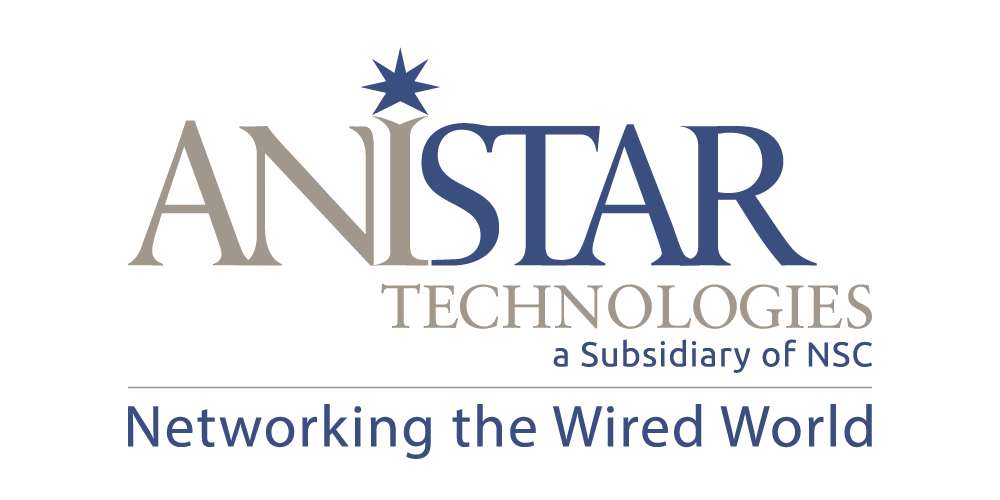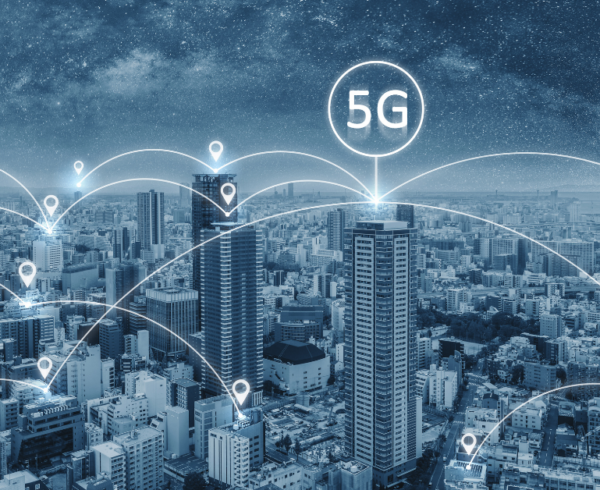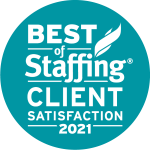When you consider the recent report on the vaccination drive, the numbers are actually staggering. Half of the US population has received at least 1 dose of a COVID-19 vaccine and 40% have been completely vaccinated.
That’s all excellent news for people and businesses looking to get back to normal. Slowly but surely, stadiums are being packed, restaurants are filling up, and everyone is growing less attached to hand sanitizer.
All the same, a large portion of the country isn’t yet vaccinated, fully or otherwise.
In fact, the US is on the verge of falling behind our neighbors up north in Canada in first-doses administered. Even after a promising start to vaccine rollouts, there’s still a lot of work to be done.
A primary challenge facing the US is the logistics involved in this historic rollout. Never before has the need been greater for the most talented workers to help in the critical roles of planning, help desk, project management, and to provide subject matter expertise.
Lessons Learned from Early Rollout Confusion
A December 2020 article from Reuters highlighted many of the logistical challenges facing federal agencies during the initial COVID-19 vaccine rollout.
At first, there was something of a free-for-all. State by state, the rollout was ad-hoc and there was much confusion around who would be prioritized and classified as an essential worker. Due to a lack of cohesion between the states, each formulated its own distribution plans that often differed from federal guidelines.
The Advisory Committee on Immunization Practices (ACIP) first ranked a vast group of essential workers who comprise around 70% of the U.S. labor force. But because there were no federal procedures to discern what actually constituted an “essential employee,” many industry leaders were left to interpret essential in a way that put their workers to the front of the line.
States such as New York and Massachusetts completely disregarded the ACIP’s recommendations, prioritizing who they saw fit. For instance, Massachusetts prioritized Uber and Lyft drivers in the same phase as grocery store workers.
Federally, this made for a logistical nightmare. However, once President Biden and his administration took over, 100 million doses were doled out in 58 days. So, the initial hiccups were resolved.
But the job is far from complete, and further challenges lie ahead.
Supply Now Outpacing Demand
There’s a new issue facing Federal agencies with completing rollouts–skepticism over the vaccine becoming more prevalent.
Smaller data samples from the CDC show fewer Black, Hispanic, and Asian populations receiving doses than the White population.
Issues such as a lack of public transit and ID requirements appear to be boundaries for some communities.
With these obstacles in mind, communication, planning, help desk, and project managers are more crucial than ever. It’s up to the employees involved in agencies charged with rollouts to determine how to reach under-vaccinated communities and knock down the barriers to herd immunity.
Furthermore, communications and subject matter expertise will be critical in the drive to overcome skepticism and connect with the vaccine-hesitant.
With over half the population still in need of the first dose, the problems back in December still must be weighed into distribution strategies. However, federal agencies need to combine those factors with a cohesive plan to increase public trust in the vaccines.
Government Agencies: Don’t Stumble in the Face of Logistical Challenges
The record number of vaccinations administered in the US is nothing to scoff at. As of April, 3 million doses per day were being given and received.
But those types of numbers are bound to stretch the logistics of even the most robustly organized government agencies.
A final push to get as many people vaccinated as possible will continue throughout 2021 and beyond. And your government agency needs the talent that will help your company meet the US’s lofty rollout goals.
Contact Anistar today for access to top logistical strategists and talent.









